PayPal (NASDAQ: PYPL) has long been a prominent player in the digital payments industry, but is its stock still a buy in 2025? With over 400 million active customers, PayPal is a fraction of the size of Visa (NYSE: V), which boasts over 4 billion Visa cards outstanding. However, PayPal benefits from similar positive network effects and has been steadily growing its user base. Let’s delve deeper into PayPal’s recent performance and its prospects for investors.
Revenue Growth and Deceleration
Over the past decade, PayPal has experienced impressive revenue growth, but since 2020, that growth has decelerated significantly. After peaking at 24% revenue growth in 2020-2021, PayPal’s most recent growth rate stands at a modest 4.24%. The current CEO, in their first year on the job, has shifted the company’s strategy toward profitable growth. While this approach has improved key metrics, the deceleration in revenue growth remains a concern. However, the critical category of monthly active user growth continues to show promise, potentially setting the stage for a turnaround.
Strategic Shift: Focus on High-Value Customers
PayPal’s strategy of targeting higher-value customers rather than pursuing total customer numbers has started to yield positive results. By focusing on customers it can serve more effectively, PayPal has optimized its advertising and marketing spend, leading to improved profitability. This customer-centric approach aligns with the company’s goal of sustainable, long-term growth.
Key Financial Metrics: Cash Flow and Return on Invested Capital (ROIC)
PayPal’s financial health has improved under the new strategy:
- Cash flow from operations to sales has rebounded, climbing from 13% to 23%.
- ROIC has also shown significant improvement, recovering from a low of 7% in 2023 to 13.65%, with potential to exceed 16%-20%.
These metrics underscore the effectiveness of PayPal’s asset-light business model, which relies on technology and infrastructure rather than heavy capital investments.
Valuation: Is PayPal Undervalued?
Based on a discounted cash flow (DCF) model, PayPal’s intrinsic value per share is estimated at $122, significantly higher than its current market price of $69.40 (as of the time of analysis). Furthermore, PayPal trades at a forward P/E ratio of 12.34, making it an attractive option for value-focused investors.
Long-Term Potential: A Fraction of Visa’s Size
While PayPal is much smaller than Visa, its asset-light model and focus on profitable growth position it for substantial long-term returns. If PayPal can increase its market share and reach even 15%-20% of Visa’s size, it could generate significant value for shareholders.
Final Recommendation: Buy, Hold, or Sell?
Given its improving financial metrics, undervaluation, and growth potential, PayPal stock remains a buy in 2025. While the company faces challenges in accelerating revenue growth, its strategic focus on profitability and high-value customers provides a solid foundation for long-term success.
https://youtu.be/VCYzDg9DHYc?si=sZ8kk7JcbGrnB2tE
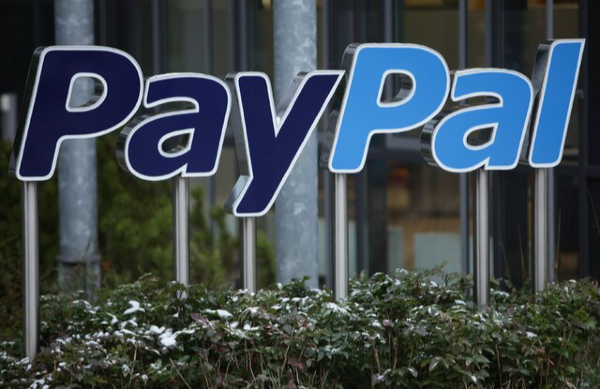







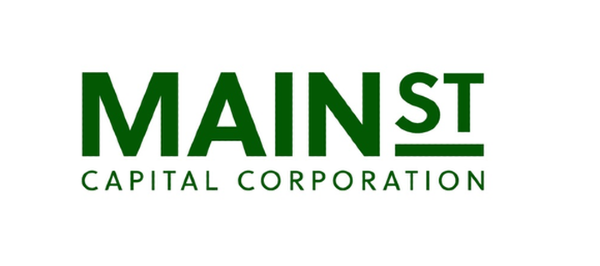

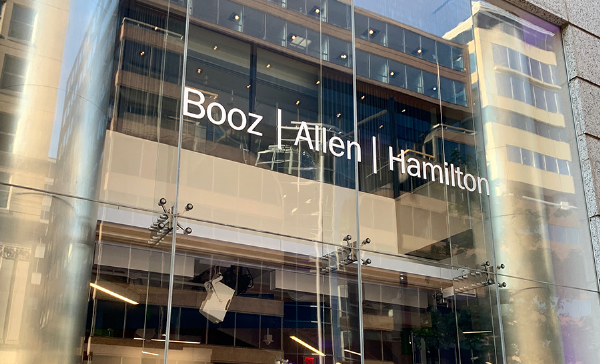






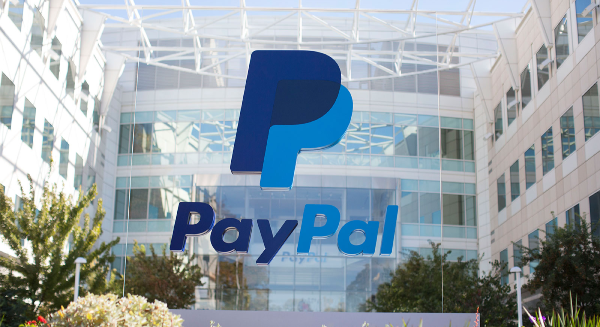

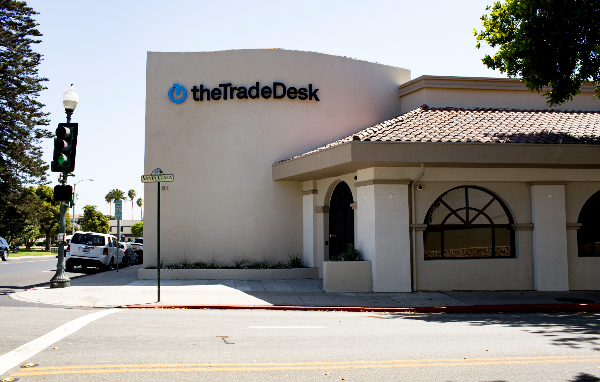











PayPal (NASDAQ: PYPL) has long been a prominent player in the digital payments industry, but is its stock still a buy in 2025? With over 400 million active customers, PayPal is a fraction of the size of Visa (NYSE: V), which boasts over 4 billion Visa cards outstanding. However, PayPal benefits from similar positive network effects and has been steadily growing its user base. Let’s delve deeper into PayPal’s recent performance and its prospects for investors.
Revenue Growth and Deceleration
Over the past decade, PayPal has experienced impressive revenue growth, but since 2020, that growth has decelerated significantly. After peaking at 24% revenue growth in 2020-2021, PayPal’s most recent growth rate stands at a modest 4.24%. The current CEO, in their first year on the job, has shifted the company’s strategy toward profitable growth. While this approach has improved key metrics, the deceleration in revenue growth remains a concern. However, the critical category of monthly active user growth continues to show promise, potentially setting the stage for a turnaround.
Strategic Shift: Focus on High-Value Customers
PayPal’s strategy of targeting higher-value customers rather than pursuing total customer numbers has started to yield positive results. By focusing on customers it can serve more effectively, PayPal has optimized its advertising and marketing spend, leading to improved profitability. This customer-centric approach aligns with the company’s goal of sustainable, long-term growth.
Key Financial Metrics: Cash Flow and Return on Invested Capital (ROIC)
PayPal’s financial health has improved under the new strategy:
These metrics underscore the effectiveness of PayPal’s asset-light business model, which relies on technology and infrastructure rather than heavy capital investments.
Valuation: Is PayPal Undervalued?
Based on a discounted cash flow (DCF) model, PayPal’s intrinsic value per share is estimated at $122, significantly higher than its current market price of $69.40 (as of the time of analysis). Furthermore, PayPal trades at a forward P/E ratio of 12.34, making it an attractive option for value-focused investors.
Long-Term Potential: A Fraction of Visa’s Size
While PayPal is much smaller than Visa, its asset-light model and focus on profitable growth position it for substantial long-term returns. If PayPal can increase its market share and reach even 15%-20% of Visa’s size, it could generate significant value for shareholders.
Final Recommendation: Buy, Hold, or Sell?
Given its improving financial metrics, undervaluation, and growth potential, PayPal stock remains a buy in 2025. While the company faces challenges in accelerating revenue growth, its strategic focus on profitability and high-value customers provides a solid foundation for long-term success.
https://youtu.be/VCYzDg9DHYc?si=sZ8kk7JcbGrnB2tE